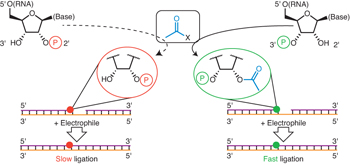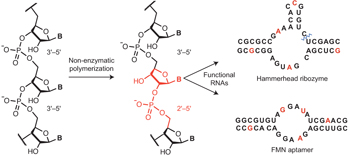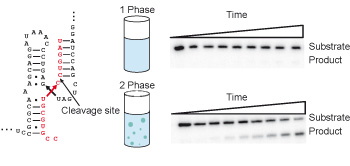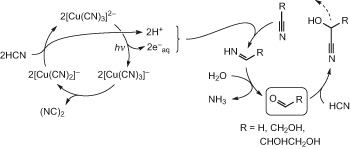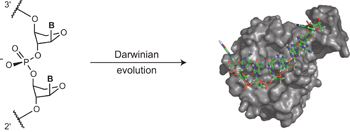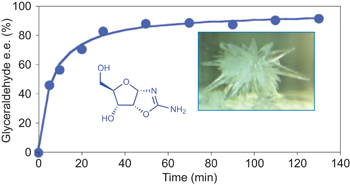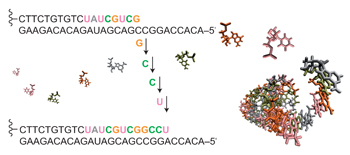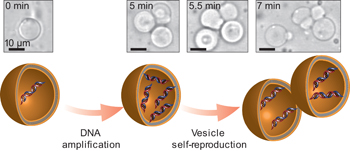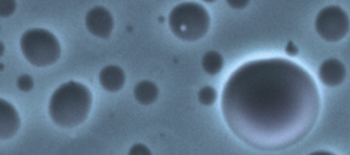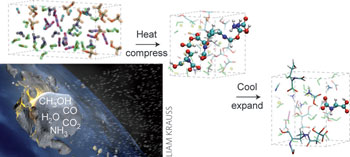The ascent of molecules - p349
doi:10.1038/nchem.1647
A collection of articles in this issue focuses on the chemical origin of life — how simple molecules present on the early Earth could have evolved into the complex dynamic biochemistry that we know today.
Full Text - The ascent of molecules | PDF (147 KB) - The ascent of molecules
Subject terms: Biochemistry | Chemical biology | General chemistry
See also: Article by Engelhart et al. | Article by Bowler et al. | News and Views by Hernández & Piccirilli | Interview

